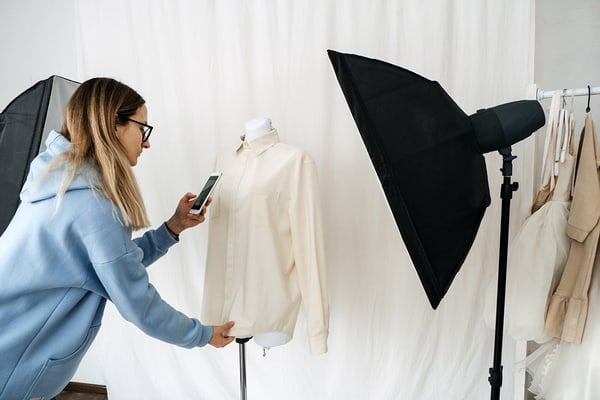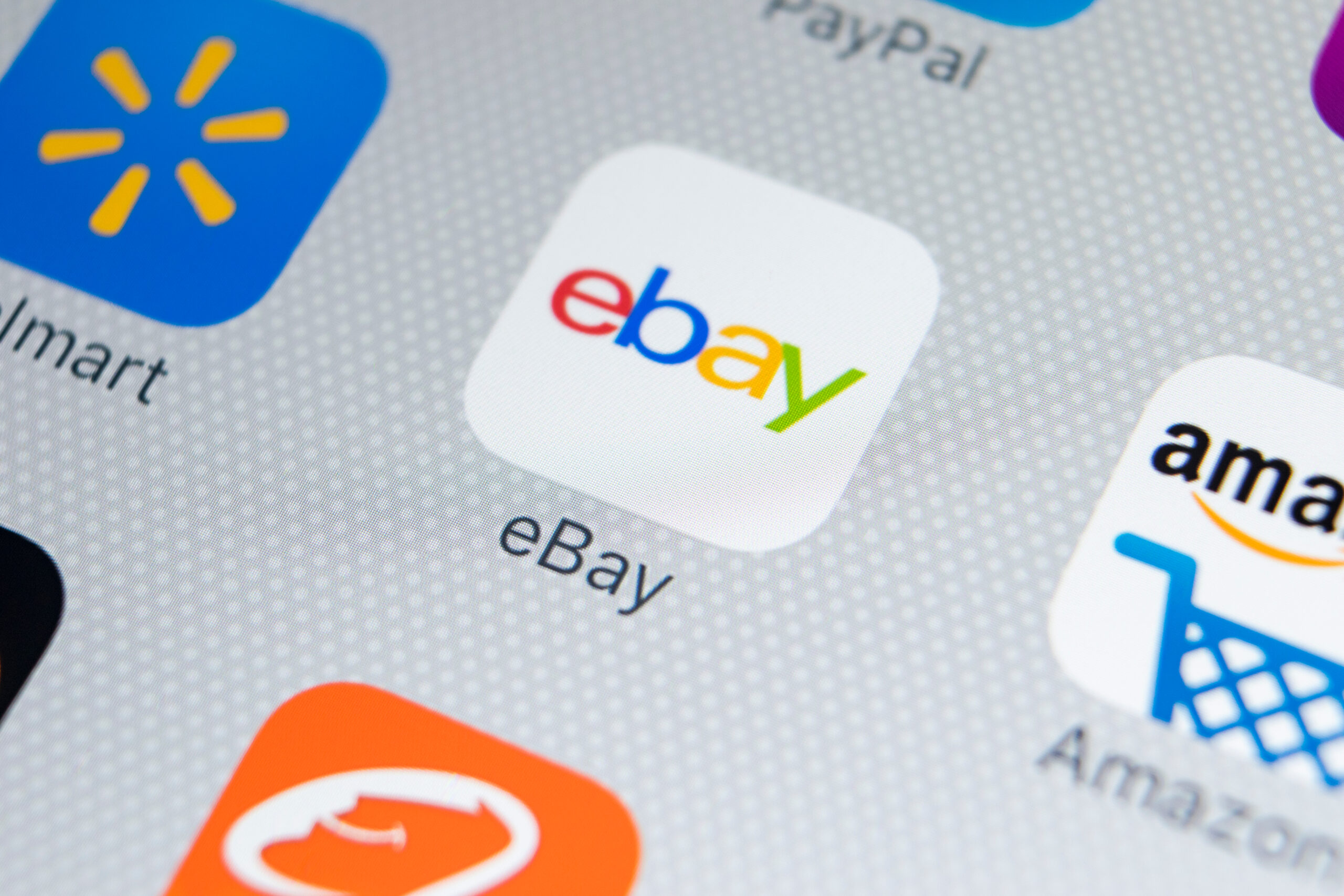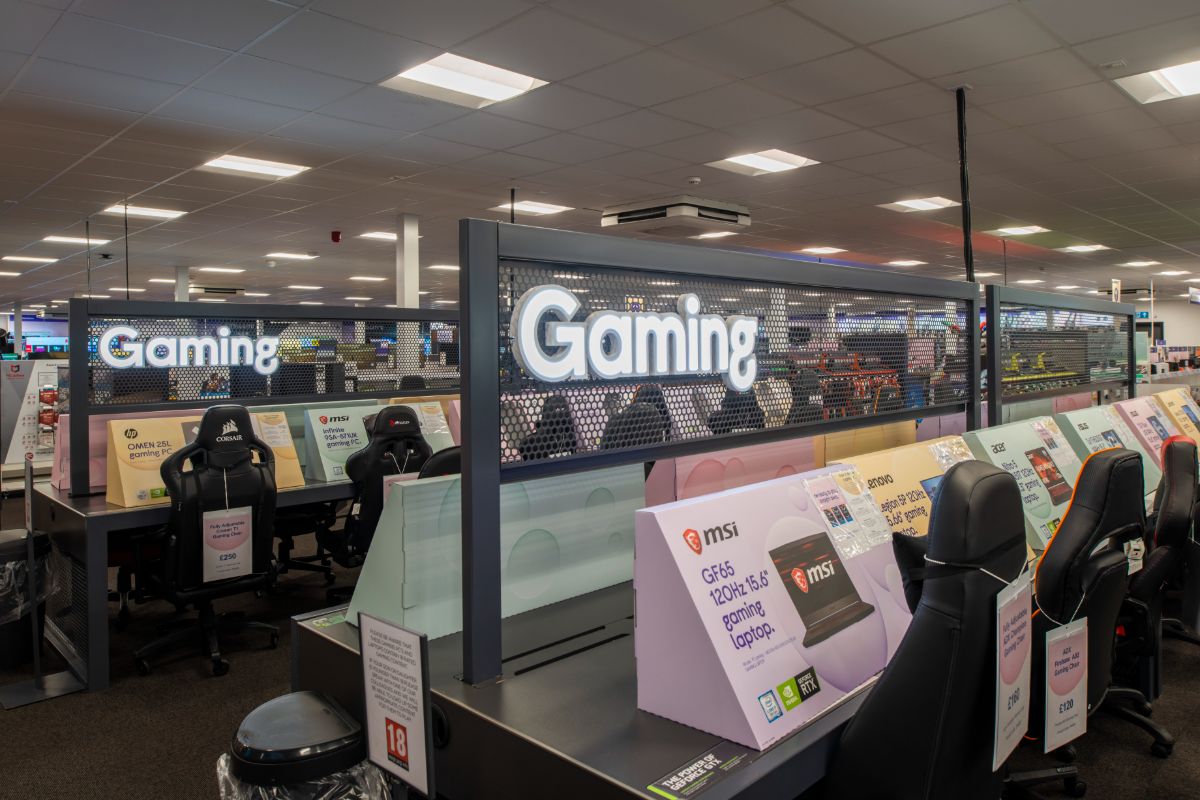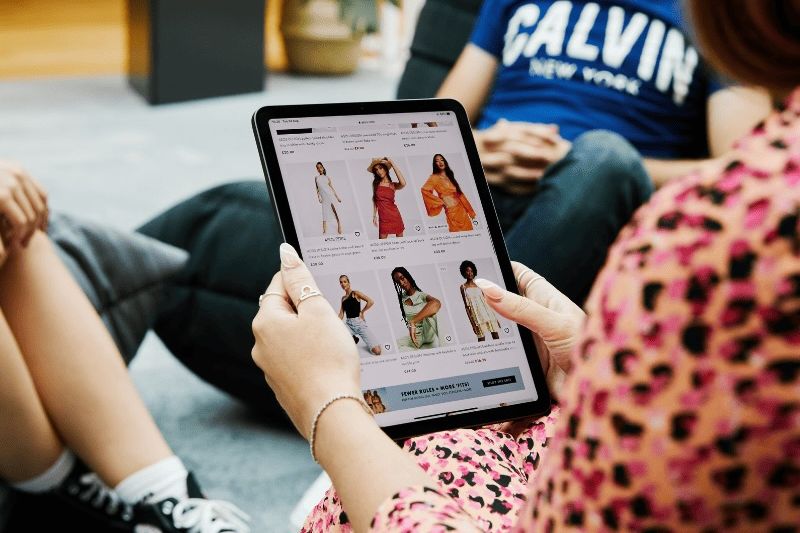Here’s a statistic that should make luxury brands and retailers take note – the luxury second-hand market is growing four times faster than the primary luxury market in the US. This is a market where consumers are leading, but too few luxury brands are following.
In China, there is expectation that the market will eventually exceed 1 trillion yuan ($154.6 billion). In Europe, there are forecasts of the market expanding from €22 billion in 2018 to €31 billion by 2021. With the future of luxury retail uncertain, it is time for luxury brands to consider how to position themselves in the resale market ecosystem.
As consumers are enticed online by covid restrictions, and increasingly desire sustainability, it is unsurprising that pre-owned luxury is surpassing the primary luxury market as an eco-commerce era unfolds. With a younger, more affluent generation waiting for this need to be met, we are seeing new resale platforms emerge and established platforms flourish.
Vestiaire Collective are the most established digital luxury retail platform. It was founded in 2009 and offers up to seventy percent off original retail prices. With sustainability integral to its brand, it was well positioned to capture the resale market growth, and last year it did precisely that – achieving a ninety percent year-on-year membership increase in 2020.
This year, after twelve years of trading, another long-established luxury retailer, Farfetch, reached profitability for the first time. Primarily a seller of discounted pre-season stock, Farfetch is now driving its sustainability and circular ethos hard, with Farfetch Donate and Farfetch Second Life services. As a result, revenues increased in 2020 to $1.7 billion.
Why do brands now require a resale strategy?
Given the uncertainty across the entire retail sector, to not consider a resale market strategy seems an unsound position. Ignoring large, expanding luxury markets is untenable. The pandemic has accelerated trends we already knew were coming. And last year’s increases in the luxury resale market underline that the future is now.
At least in the short-to-medium term, it will be imperative to make luxury clothing and accessories financially accessible to new consumers, namely those that do not have the disposable income to purchase brand-new luxury goods. As we know, the forecast for sales declines and sales recovery, over the past year, have been concerning, at best.
The resale market offers a solution that links sustainability trends, the need to make fashion circular and at prices that can attract new online shoppers.
I believe that with a radically changing retail and consumer market, even the most luxurious of brands will eventually be compelled to rollout a resale strategy. This is because a substantial number of luxury customers will demand that brands come on board. Seventy percent of luxury consumers would like to purchase resale products directly from a brand. Seventy-four percent would like brands to certify products sold through resellers. This should be viewed as an opportunity, rather than a burden.
Because of the rapid growth of this market, I would encourage luxury brands to look at one of the following three strategies. Each allows quick access to secondhand luxury consumers without damaging brand heritage.
First would be a direct partnership with an existing digital retail platform such as Vestiaire Collective. This requires little investment and benefits from rapid expansion into the marketplace.
A more tailored approach would be to jointly collaborate with an existing platform, in the way that two brands collaborate and showcase that collaboration for an abbreviated period across their platforms. Think, for example, a medium-term campaign such as Tom Ford X Vestiaire Collective. This has the advantage of maintaining brand control and can signal a new ‘fashion circular’ message to consumers as you position yourself in the market.
If a brand or retailer has yet to offer either a sustainability or preowned message, then a newly created offering is recommended for control of brand story. A new collection, online store or official pre-owned offshoot could even run separately from a brand’s primary platform, think about the amplification of ‘Resellfridges’ edit, which has allowed the luxury department store to feature covetable pieces of fashion at discounted rates.
Do the pros outweigh the cons?
Consider the opportunities presented by the resale market, and the reluctance of some luxury brands to embrace resale might seem unclear. But luxury brands have an exclusivity of product to protect and new product sales to consider. Does explicitly positioning your brand within the pre-used retail space erode that exclusivity and hurt new product sales?
Kering, the owners of Gucci, Saint Laurent, and Alexander McQueen, believe not. They are leading resale from the front-foot and have purchased a five percent share in Vestiaire Collective in early March this year. Kering are the first major fashion conglomerate to openly recognise the “fundamental shift” occurring and are, according to chief client and digital officer Grégory Boutté, “hoping to shape (the) trend.” Gucci and Balenciaga have also teamed up with TheRealReal and Reflaunt respectively.
However, absolute control of a brands products may seem an impossibility and this contributes to the seeming reluctance to fully embrace a comprehensive second-hand strategy.
As the market stands, brands have little control over how individual consumers buy, sell or perceive items sold on platforms that do not specialise in luxury resale and are not necessarily sympathetic to brand story, history and exclusivity. This is where packaging can hand control back to the brands organically.
Ensuring items arrive in packaging that is reusable, robust and as beautifully crafted as the items they contain, means that the seller is likely to include the packaging as an important factor when reselling.
The brands should ensure the new buyer receives a full and exclusive experience of the brand as possible, particularly if prompted to retain the packaging as part of a sustainable ethos.
Incentivising the original purchaser to return packaging to the brand or store, with the inclusion of a discount scheme that would give the consumer an option to purchase new items from the original brand, would mean reseller platforms and brands have original, luxury-crafted packaging with which to resell, package and present old stock. This would especially benefit luxury brands considering upcycling.
Indeed, a luxury brand could choose to enter the reseller market with packaging at front and center of its strategy. Partnering with capsule collection brands like Heat and Scarce, who offer mystery luxury boxes in limited quantities means old stock is presented in packaging that satisfies the luxury brand and ensures profitability is maintained.
Author
Joe Cook, Vice President at Delta Global









